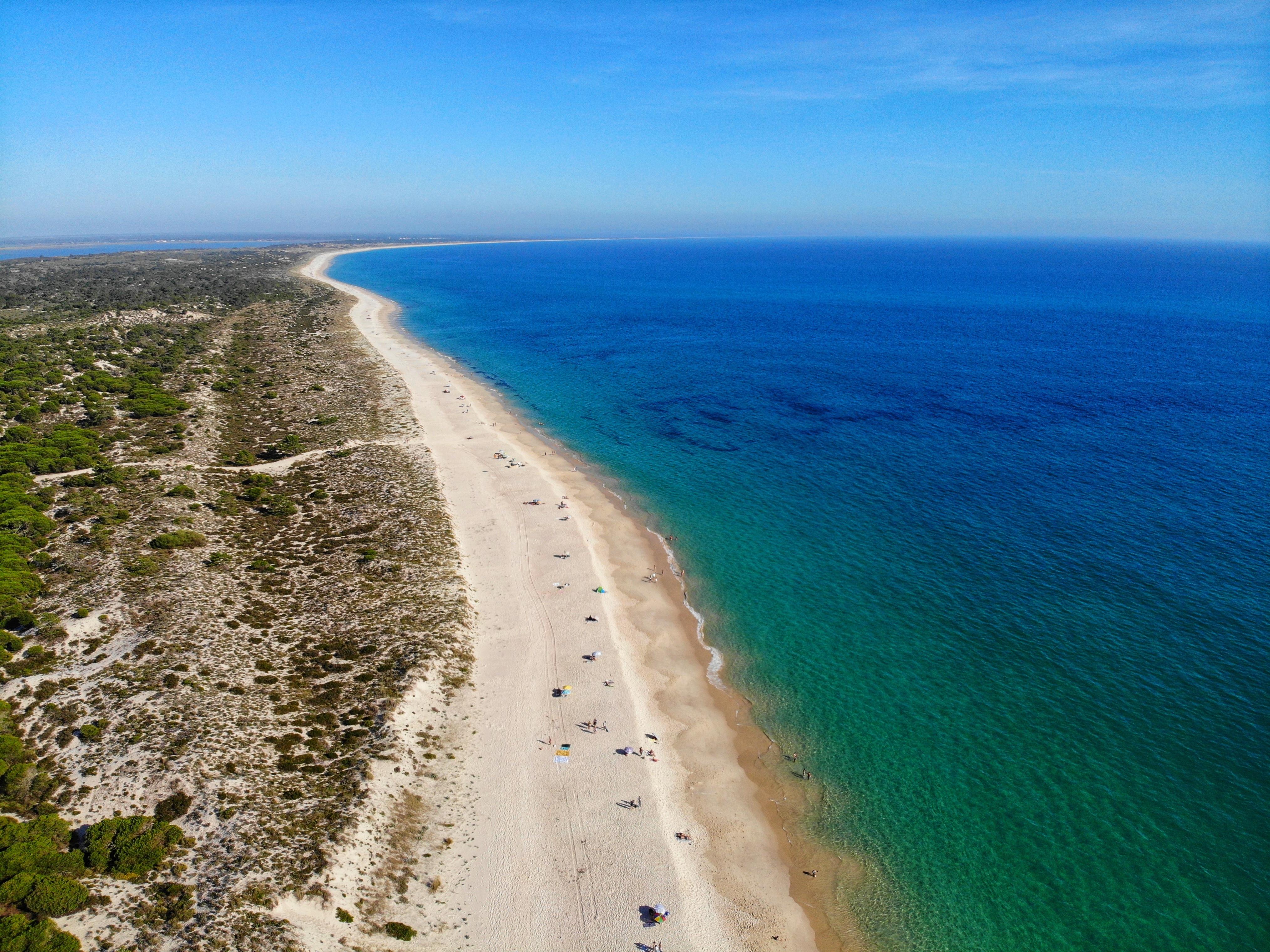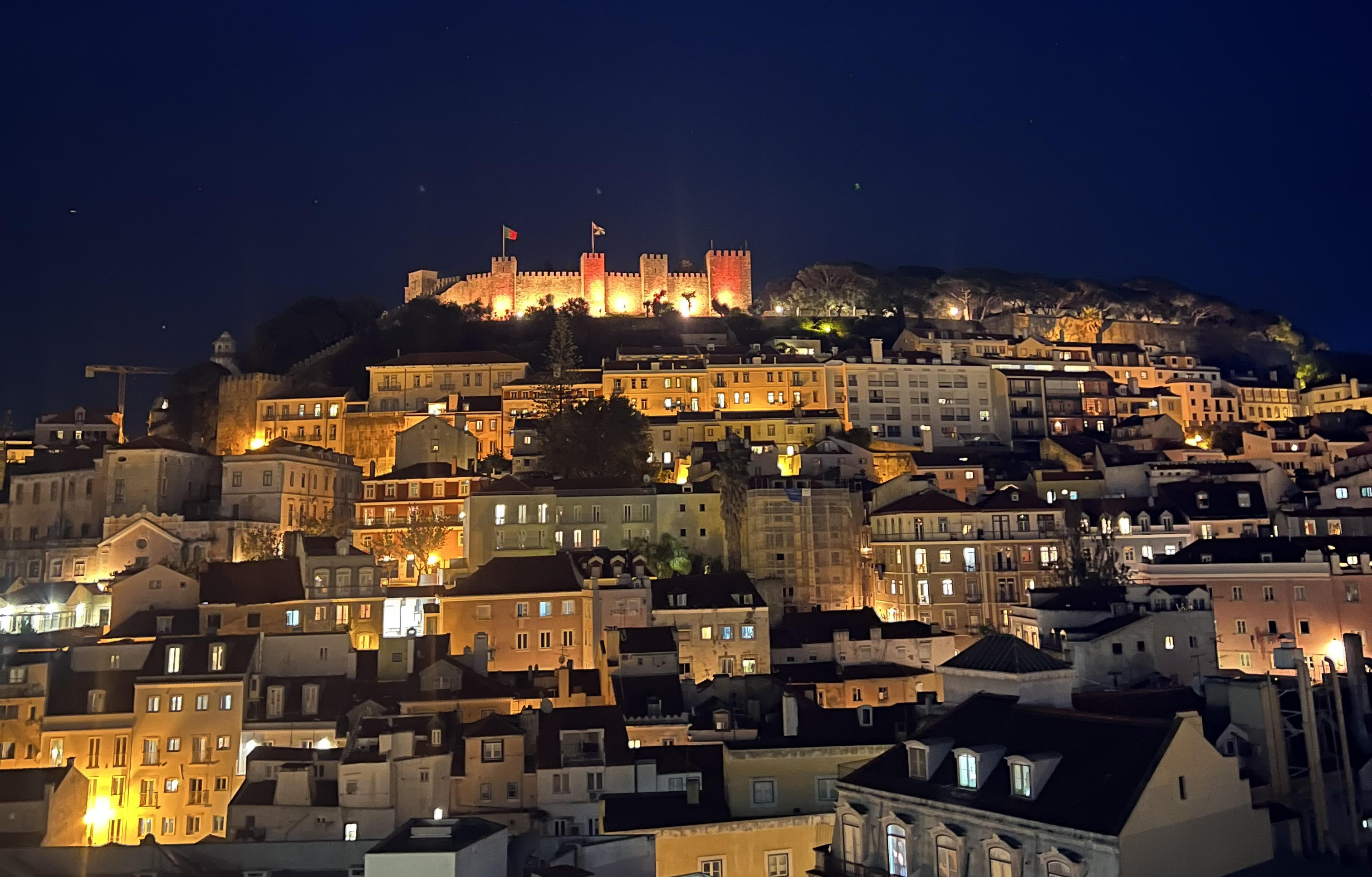If you’re planning a Southern European getaway, the choice often comes down to Portugal vs. Spain – two amazing destinations that share the Iberian Peninsula but couldn’t feel more different. While Spain is well-known for its fiery festivals and bustling cities, Portugal is a hidden gem that’s impossible to ignore. But which one is right for the type of vacation you’re seeking? We’ll break it all down, from cost and cuisine to landscapes and city life, to help you decide which country deserves the top spot on your travel list.
Portugal vs. Spain: What you need to know

It’s no surprise that Portugal and Spain are often compared, they share the Iberian Peninsula, after all, with Portugal essentially being an independent section of Spain on the map. The two countries have been intertwined for centuries, from their historical rivalry during the Age of Exploration to their mutual influences in art and architecture.
One fascinating similarity is the language connection. While Portuguese and Spanish are distinct, they’re surprisingly close. Experts estimate their mutual intelligibility to be around 50% to 60%, meaning that if you speak one, you’ll likely understand at least half of the other.
Both countries also have a passion for good food and wine, a love for festivals, and a laid-back lifestyle that makes them irresistible travel destinations. Plus, both Spain and Portugal have a diverse mix of landscapes, from stunning coastlines to rolling hills and historic cities. However, despite all the overlap, each country brings its own unique flair.
Food
When it comes to food, Spain and Portugal each bring their A-game. Spain leans into its Mediterranean diet, with plenty of fresh vegetables, olive oil, and seafood, balanced by hearty helpings of jamón and local cheeses. Of course, you can’t skip the tapas or iconic dishes like paella, but Spain’s regional diversity means there’s always something new to try, like pulpo a la gallega in Galicia or gazpacho in Andalusia.
Portugal, on the other hand, follows the Atlantic diet, favoring bread, potatoes, and red meat alongside its famous seafood. Expect cod (bacalhau) prepared in every way imaginable and sweet treats like the iconic pastel de nata. After dinner, make sure you try ginjinha, a cherry liqueur that’s small in size but very big in flavor!
Natural beauty and landscapes

Portugal is defined by its dramatic Atlantic coastlines, especially the Algarve, with its vermillion cliffs and golden beaches. The Douro Valley showcases rolling vineyards, while the inland areas offer rural charm and pine forests.
Spain also boasts incredible variety, from the towering Pyrenees to the beautiful Mediterranean beaches like the Costa Brava. You’ll also find plains and rugged spots like the Picos de Europa.
Short on time? Portugal’s compact size lets you experience diverse landscapes quickly, and you can drive from the Algarve’s beaches to Lisbon’s dramatic coastline in a single day!
Cities and urban centers
Portugal’s cities are full of charm, history, and fun things to do. Lisbon, with its colorful tiles and iconic trams, offers stunning hilltop views and interesting neighborhoods like Alfama. Porto, known for its riverside beauty and wine cellars, has a more laid-back atmosphere.
If ticking off famous cities is on your bucket list, Spain’s urban centers are definitely more widely recognized, offering a broader variety of iconic destinations. Madrid, a cultural powerhouse, captivates travelers with world-class museums and royal landmarks, while Barcelona impresses with Gaudí’s unique architecture. Other popular cities include Seville, Granada, and Bilbao.
Beaches

When it comes to beaches, Portugal vs. Spain offers two very different experiences. Portugal’s Algarve region is famous for its stunning beaches with dramatic cliffs and golden sands. The beauty here is hard to beat, especially along the Atlantic coast.
However, if you’re after convenience, Spain has the upper hand. Many of its beaches are located right near major cities like Barcelona, Valencia, and Malaga, so you can soak up the sun without venturing too far from urban life. That said, Spain’s beaches don’t quite have the rugged beauty that Portugal’s Atlantic-side beaches have.
Cost
When comparing costs, both Portugal vs. Spain are much cheaper than many other European destinations. That said, Portugal tends to be more affordable overall, especially when it comes to dining, accommodations, and activities.
The most expensive part of your Portugal trip will likely be the flight, as it’s a bit less connected to major North American airports compared to Spain. Spain, on the other hand, has more flight options and often lower prices from some airlines, making it easier to reach. But once you’re there, Portugal offers excellent value for money, making it a great choice for travelers on a budget.
Landmarks

Both Portugal and Spain are packed with cultural and historical landmarks. In Portugal, Lisbon showcases iconic sites like the Belem Tower, a symbol of Portugal’s Age of Exploration, and the fairytale-like castle Pena Palace in Sintra. There’s also the medieval Castle of the Moors, which dates all the way back to the 10th century.
In Spain, the landmarks are just as impressive. The Aqueduct of Segovia is one of the best-preserved Roman aqueducts in the world, while Barcelona dazzles with Gaudí’s masterpieces, including the Sagrada Familia. The cutting-edge Guggenheim Museum in Bilbao is also a must-see, featuring famous works from both Spanish and international artists.
Portugal vs. Spain: The bottom line

When deciding between Portugal vs. Spain, you really can’t go wrong with either choice. Both countries are beautiful, and we can recommend visiting both if you have time!
Spain’s larger size means you’ll likely need more time to explore all it has to offer, making it perfect for a two-week or longer adventure. On the other hand, if you’re short on time, Portugal is an excellent choice and can easily be explored in 7-10 days. No matter where you go, you’re sure to create lasting memories on the Iberian Peninsula!




